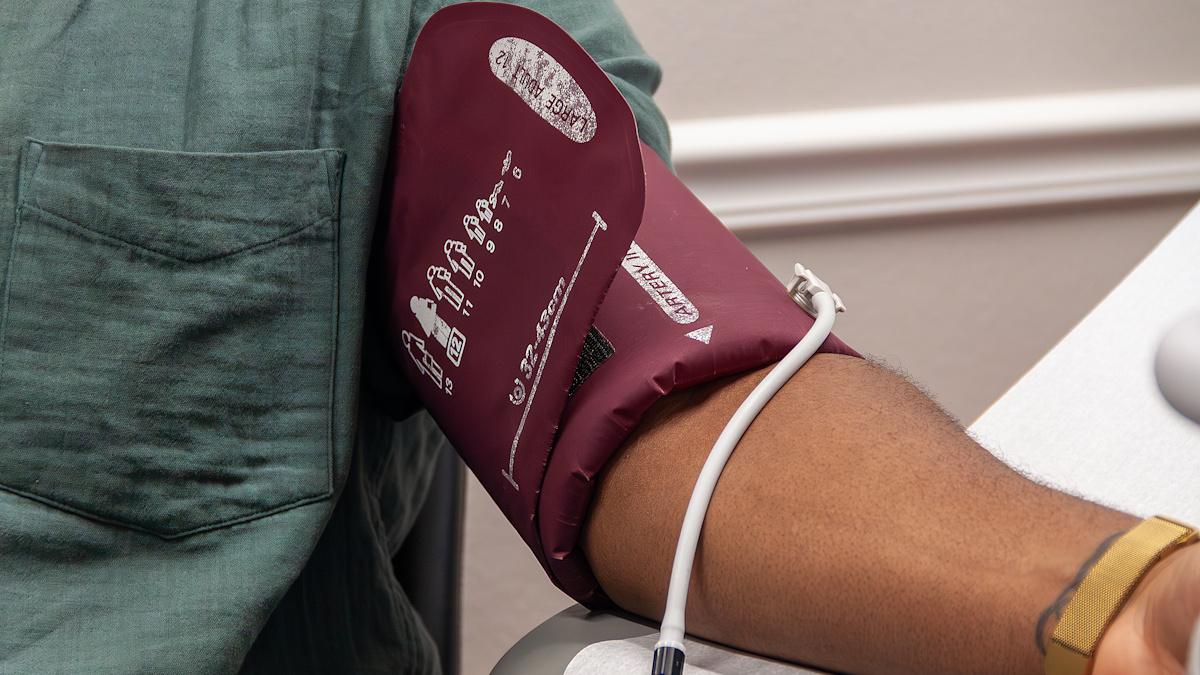COVID-19 accelerates non-adherence and magnifies health inequalities

Non-adherence to medication has long been a thorn in the side of effective healthcare management – and the COVID-19 emergency is only serving to compound the problem.
Around 40% to 50% of people with a long-term condition are thought to be non-adherent to their medication, contributing to at least 100,000 preventable deaths every year.
And the barriers to compliance, largely driven by social determinants of health such as socioeconomic background and health literacy, are being magnified by the novel coronavirus pandemic.
Jason Rose, CEO at AdhereHealth says: “Before the COVID crisis, there was already a problem with medication adherence. In the United States, about 50% of people do not take medications as directed by their physicians and by evidence-based guidelines.
“That could be for many reasons – health literacy in terms of understanding why the medicines are important, financial issues around access to a doctor or a pharmacy, or it could be life priorities or other necessities precluding people from taking their medications.”
Whatever the reason, he continues, the problem causes half a trillion dollars of unnecessary healthcare costs to the system every year – or about 16% of entire US healthcare spending.
This was a huge problem for healthcare systems, which are facing spiralling costs relating to aging populations and increasing numbers of long-term conditions, even before COVID reared its head.
“Factor in continued lockdowns, social distancing and economic hardships, and it's easy to see how non-adherence is likely to get worse,” Rose says.
“Zip code, not genetic code”
The social determinants of health are now delivering something of a double blow, as the issues that make people more likely to be non-adherent also make them more susceptible to COVID-19.
Rose, whose company has launched the COVID-19 Adherence Solution programme to help improve health outcomes for at-risk populations, says the problem is not unique to the United States.
Health inequalities in England, for example, contribute to an almost 19-year gap in healthy life expectancy between the most and least deprived areas.
“The old adage is that it’s not the genetic code but the zip code that determines someone’s health.
“And when you look at COVID, you see that it has exasperated the issues that were already causing people to not take their drugs. For example, think about the elderly who are reliant on caregivers coming in, or on ridesharing programmes to get to the doctor or the pharmacy. All these things have gone away,” Rose says.
The data we have so far shows that 90% of all COVID hospitalisations have been among people with underlying conditions, such as diabetes or respiratory issues like COPD and asthma. Of those, 75% were elderly, and 80% were from a minority background.
It is no coincidence that the risk factors for non-adherence and COVID hospitalisation are so similar, according to Rose.
“I really believe that when we look back on this crisis, there will be very clear evidence to show that those people who were not taking their medicines were at higher risk and more likely to be hospitalised,” he says.
Patient-centric approach
The reasons for non-adherence are as multifaceted as they are complex, meaning a patient-centric approach is the only way to tackle them.
Providers need to find people who need support and connect them with the services available in their area – but there’s no one size fits all solution.
“Some people might have a mail order pharmacy, which is fine if they have a credit card and access to a mailbox that medication won’t be stolen from – a major issue in some areas of the US.
“Some people require a monthly medication review, but mail order isn’t going to provide that. You can’t just send their drugs every 90 days, hope that they take them and hope that everything will be fine.
“People who are at higher risk – people who are cognitively impaired, blind, or disabled for example – really need a proactive approach that has clinical efficacy. We need to reach out to them, check in with them, and work with their doctor or healthcare team to make sure they have what they need.”
This is particularly pertinent in the US, he goes on, where different states and different health plans offer different benefits.
Often, consumers do not know what these benefits are or how to access them, he says, adding that the key was using data to identify those at risk of non-adherence, then working with them on a one-to-one basis.
“We target the right consumers, then reach out to them and use motivational interviewing to really identify the root cause of why they're not taking their medication,” he explains.
“We can then overcome the barriers. We load the benefits of their health plan or the state into our software and are able to say ‘your health plan will provide Uber transportation to your doctor’, or ‘your care provider will offer telemedicine’, for example.”
Supporting behaviour change
Ultimately, medication non-adherence costs lives, drives up costs – and there's real-world evidence that shows it contributes to COVID-19 hospitalisations, Rose says.
“By proactively targeting high-risk populations, we can help keep more consumers adherent and healthy, and reduce the risk of them becoming seriously ill from the virus.
“You can’t do that from a spreadsheet. It has to be done via an ongoing relationship that helps people to commit to, and engage with, behaviour change.”












